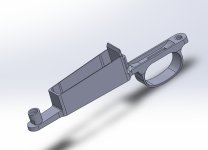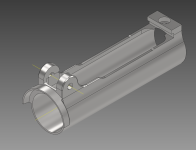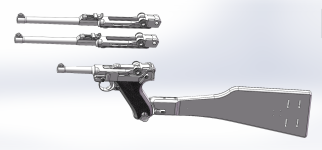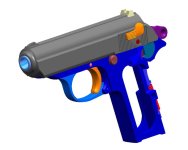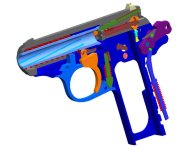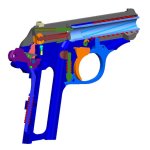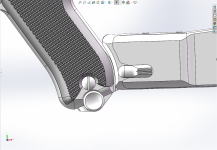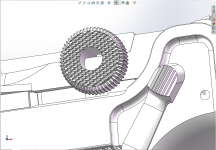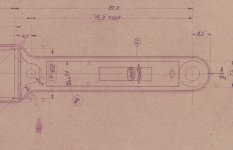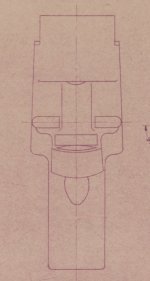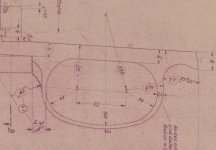Fal Grunt
Senior Member
Apologies I missed this previously.Another situation where my lack of GD&T knowledge has bitten me, the method used in the documents is listed in your link.
A question for you. I have access to a lathe(with a four jaw chuck and the usual kit), verticle mill, and a hydraulic press. I recognized at the start of this project that the internal camming surfaces would need something weird to actually impliment, and with more knowledge I have come to the conclusion that I would need either a machine capable of live tooling or a shaper(though I am not sure how this would work, only that people recommended this method on a machinist's forum). My plan for this is to do some engineering to make a mini-shaper that grinds out the cam incrementally; however, on revisiting the documents I've realized that I overlooked the raceways in the receiver.
How would I do these without eliminating the bolt overtravel stops at the end of the receiver? The guide which started this project (linked here) uses ground down standard sized broaches to get them to near finished, then a file to get the final profile, however this method eliminates the overtravel stops as previously stated. The only tool that I can see being able to do this is a shaper, that is unless I include the idea into the 'mini-shaper' concept said previously.
I don't know. What is your take on it? Am I missing something that is obvious?
Either way, I need to revisit my kinematics
Will send you a PM.






